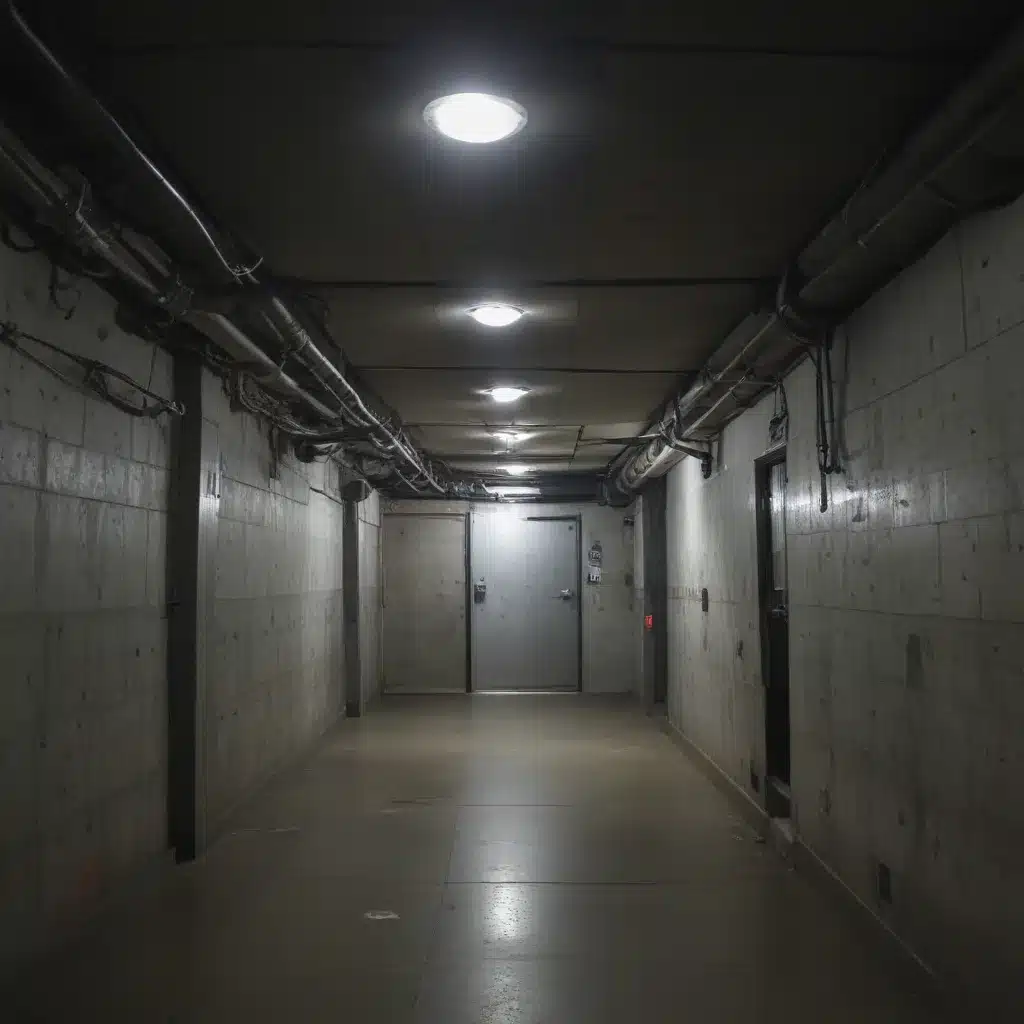
Uncovering Seoul’s Hidden Haunts
As someone who’s always been fascinated by the mysterious and the macabre, I recently found myself on an unexpected journey through the underground and techno-tinged haunts of Seoul, South Korea. What started as a simple hotel stay at Hotel Stay Inn Seoul quickly spiraled into an exploration of the city’s darkest and most captivating corners.
Doteul Cave: A Haunted Haven
My adventure began with a tip from a local about a place called Doteul Cave, located deep in the Dongbak-Dongsan forest. As I made my way there, the narrow road and guideposts were the only indications that this wasn’t just some impenetrable overgrowth. But the moment I stepped into the cave, the air grew thick with a palpable sense of history and unease.
According to local lore, Doteul Cave served as a vital hiding place for villagers during the violent upheaval of the Korean War in 1948. The government troops went on to massacre 29 civilians in the nearby Guija-eup region, and many of the displaced villagers never returned, leaving behind a trail of ghostly remnants.
As I ventured deeper into the cave, the shadows seemed to whisper the stories of those who had sought refuge here, their anguished cries echoing through the damp, narrow passages. It was a humbling and unsettling experience, a tangible reminder of the trauma that had unfolded in this very place.
Techno Haunts and the Satellite Center
But the haunts of Seoul didn’t end there. Just across from the Doteul Cave, I discovered the newly constructed satellite-tracking center operated by the Korean Aerospace Research Institute (KARI). And as I learned from local activists, the story behind this facility was as complex and chilling as the one buried within the Doteul Cave.
Apparently, KARI had chosen this location in Guija-eup due to its sparse population, conveniently overlooking the fact that the area had been depopulated through the very same massacre that had driven villagers to seek refuge in the Doteul Cave. It was a haunting reminder that South Korea’s investment in technoscientific progress was intimately tied to the violence and displacement of its past.
But the ghost stories didn’t stop there. According to the activists, the satellite center was also shrouded in a veil of secrecy, with the military and national intelligence service allegedly involved in its construction. It was a troubling revelation, one that suggested the facility might be serving more sinister purposes than simply tracking satellites.
As I stood in the shadow of the imposing satellite dishes, I couldn’t help but feel a sense of unease. The juxtaposition of this cutting-edge technology with the dark history of the land it occupied was palpable, and I couldn’t help but wonder what other ghosts might be lurking beneath the surface.
Haunted Futures and Uneasy Pasts
The more I learned about Seoul’s underground and techno-tinged haunts, the more I realized that the city’s past and present were inextricably linked. The Doteul Cave and the satellite-tracking center were not just isolated incidents, but rather part of a larger tapestry of violence, displacement, and the uneasy interplay between technology and trauma.
As one local activist put it, “For decades following the ’43 incident, people were arrested or persecuted for speaking critically against the state. Any anti-state comments or movements were considered pro-communist and were violently suppressed.” It was a sobering reminder that the ghosts of the past often haunt the present, and that the pursuit of technological progress can come at a devastating human cost.
Yet, in the face of this darkness, there were also glimmers of hope. The activists I spoke to were determined to keep the memory of the ’43 incident alive, holding annual ceremonies to honor the victims and to continue the work of mourning, justice, and peace. And in doing so, they were giving voice to the ghosts that had long been silenced, reminding us that the past is never truly past, and that the future is ours to shape.
Embracing the Haunts
As I made my way back to the Hotel Stay Inn Seoul, I found myself reflecting on the haunts I had encountered. It was a humbling and unsettling experience, to be sure, but also one that had opened my eyes to the complex and often troubled history that lay beneath the surface of this bustling city.
In the end, I realized that embracing the haunts of Seoul was not about seeking out the macabre for its own sake, but rather about acknowledging the weight of the past and the ways in which it continues to shape the present. It was about recognizing the ghosts that linger, and allowing their stories to guide us towards a more just and equitable future.
So, if you find yourself in Seoul, I urge you to venture beyond the bright lights and the glossy facades, and to explore the city’s hidden haunts. It’s a journey that may not be easy, but one that promises to be deeply rewarding – a chance to connect with the past, to confront the present, and to shape the future.

